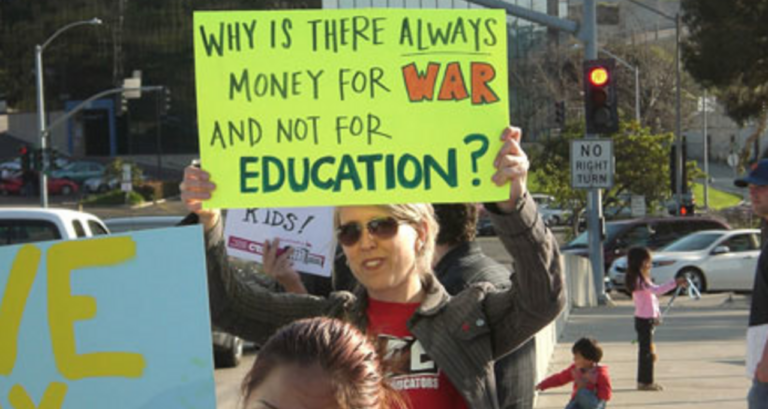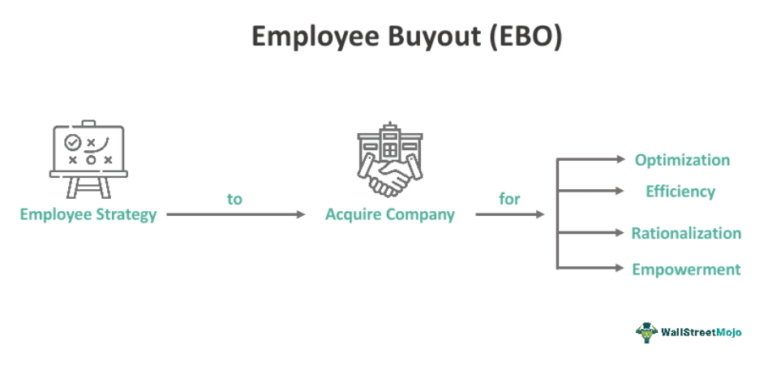
Audience
- Sentiment: Mixed
- Political Group: Conservative
- Age Group: 35-54
- Gender: Male
Overview
- The Deferred Resignation Program was initiated under President Trump to offer federal workers financial buyouts for voluntary resignations.
- The program faced legal challenges from unions concerned about job security and staffing levels.
- The closure of the program by the Office of Personnel Management raises questions about federal employment policies and employee rights.
The Deferred Resignation Program: What It Means and Why It Matters
If you pay attention to the news, you might have heard about the Deferred Resignation Program (DRP) introduced under President Donald Trump. At first glance, it might seem just like another political maneuver, but it has significant implications for the lives of thousands of federal workers. In this article, we’ll dive deep into what this program was, why it was important, how a federal judge’s ruling impacted it, and what it all means for the future of federal employment.
What Was the Deferred Resignation Program?
In 2017, shortly after Donald Trump was inaugurated as president, his administration rolled out the Deferred Resignation Program. This initiative aimed to encourage federal employees to voluntarily resign from their positions in exchange for financial buyouts. The buyouts offered relatively generous payouts, allowing employees to leave their jobs with a little extra cash in their pockets. These offerings were particularly appealing during a time when many federal workers were feeling uncertain about their job security.
Some might wonder why someone would want to leave their federal job, especially considering that federal positions typically come with decent pay, benefits, and job stability. Well, some employees wanted to take advantage of the buyout to pursue new career opportunities or simply to retire earlier than they initially planned. The program could be seen as a way for the government to reduce its workforce without resorting to layoffs or firings, which could be stressful for both the employees and the agency as a whole.
When the program was announced, around 75,000 federal workers took the leap and accepted the buyout offers. That’s no small number! Imagine if you were one of those employees – it could be a life-changing decision, giving you the financial support to start fresh in a new career or enjoy some much-deserved time off.
The Legal Challenge
However, not everyone was thrilled about the program. Unions representing federal employees quickly grew concerned. They believed that the buyouts could undermine job security and were worried about how these changes might affect staffing levels and the quality of services provided by various federal agencies. So, they decided to challenge the program in court.
On the legal front, the case landed in the hands of U.S. District Judge George O’Toole. In a decision that surprised many, Judge O’Toole ruled that the unions challenging the program lacked standing. This legal term means that the unions didn’t have sufficient grounds to sue because they weren’t directly impacted by the program. Essentially, the judge decided that the unions couldn’t prove that the buyouts harmed their interests as representatives of the employees.
The ruling was a significant win for the Trump administration. It not only validated the Deferred Resignation Program but also reinforced the idea that the government could implement such initiatives without interference from unions. The White House emphasized the legitimacy of the judge’s decision, pointing out that it showed the program was structured well and that it provided federal workers with an important choice.
Reactions from Labor Leaders
Not surprisingly, reactions from labor leaders following the judge’s ruling were quite negative. They felt that the decision was a step backward in terms of employee rights and job security. Imagine feeling like you’re about to lose a game that you’ve trained hard for; that’s how many union leaders felt. They were concerned that the buyout program could lead to a slippery slope where federal workers might feel pressured to leave, even if they wanted to stay and keep their jobs.
Labor leaders argued that having a stable federal workforce is essential for ensuring that government services operate smoothly and efficiently. They worried that too many experienced employees leaving the workforce could lead to a brain drain, where agencies lose valuable knowledge and skills that would be hard to replace. For employees who depended on federal jobs, the fear of uncertainty in their careers was palpable.
The Office of Personnel Management’s Role
After the ruling, the Office of Personnel Management (OPM), which oversees federal employment matters, announced the official closure of the program. OPM defended the Deferred Resignation Program, stating that it was a “well-structured option” for federal workers who decided to take the buyout. This closure marked the end of an interesting chapter in federal employment history.
It’s important to note that while the buyout program may have sounded appealing on the surface, the closure also left a bittersweet taste in the mouths of those who might have been considering this opportunity. Some workers might have felt they had missed a chance for a better future, while others might have felt relieved that the pressure to reconsider their employment status was lifted.
What Does This Mean for the Future?
The conclusion of the Deferred Resignation Program doesn’t just signify the end of a single initiative but also opens up questions about the future of federal employment. The fact that a judge ruled in favor of the program raises eyebrows about the extent to which the government can modify employment policies without union input.
For current and future federal employees, this situation serves as a reminder of how quickly things can change in their work environment. Decisions made at the top levels of government can have a massive ripple effect, impacting thousands of lives and career paths. This unpredictability can lead to an ongoing sense of uncertainty, which is not easy to navigate, especially at the start of a career. A high school student considering a future career in public service might feel apprehensive about the prospects of working for the federal government, given these shifts and the concerns of labor leaders.
Final Thoughts
As we reflect on the Deferred Resignation Program and its aftermath, it becomes clearer how intertwined government policies and employee welfare truly are. The ruling upheld the program, which was seen as a win for some, while also highlighting the need for more comprehensive conversations about employee rights and job security in federal positions.
What do you think about the Deferred Resignation Program? Was it a good idea for the federal government to encourage workers to resign in exchange for buyouts? Or do you believe that such programs lead to more harm than good in the long run? Share your thoughts in the comments below!





